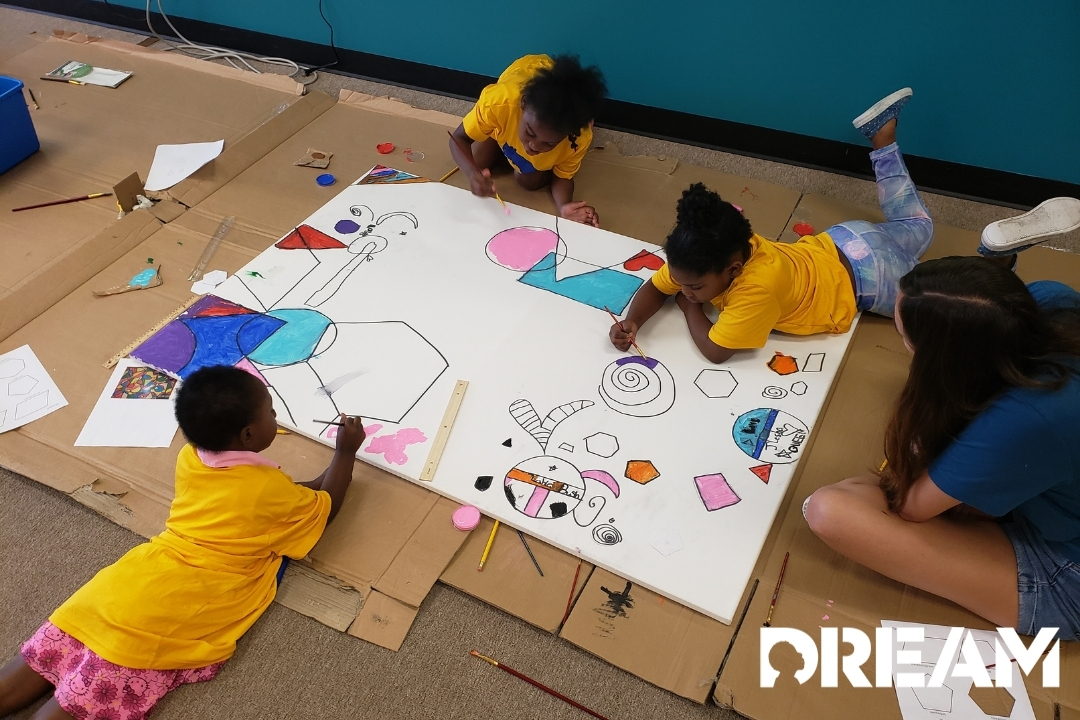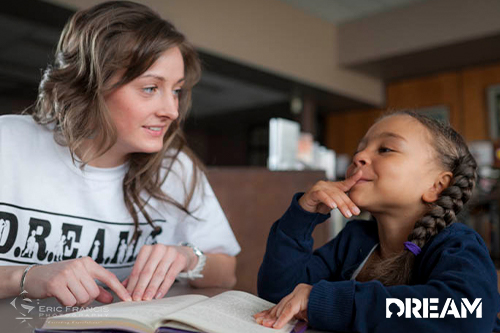Because the definition of an “at-risk youth” is so broad, in some respects, all youth are at risk in one way or another. So, who fits the technical definition of “at-risk?” An at-risk youth is a child who is less likely to transition successfully into adulthood.
So, what can a parent do to discover if their child or teen is considered at-risk? Many factors help to detect at-risk students. A student who misses class on a regular basis, a student who hasn’t done well on the first assessments in a course and a student who isn’t interacting with peers or activities on campus.
Helping at-risk youth re-engage in school requires not only the elimination of school “push out” practices like suspension for truancy, but a host of other activities. One of the most frequent reasons for suspension is based on student behavior. Meeting students’ mental health needs can curb further behavior problems.
Services include:
- drug/alcohol treatment
- family/individual therapy
- anger management groups
- character education components
Services directed at social/emotional needs are also necessary. Involving at-risk youth in social skills groups or outside activities helps to engage them in the school process and redirect their energy toward positive alternatives.
Clearly, academics are a primary concern. Structured learning environments, with smaller than usual teacher to student ratios, are conducive to re-engagement. Students typically benefit from a focus on the core academic skills like reading, writing, and math. Tutoring services and computer programs can also be used to engage youth and help further academic skills.
The connection between home and school is an important factor. When families feel disaffected by the school system, they need help to be able to re-engage in the schooling of their child. Schools should encourage parents to be involved with their children’s school life. For students with serious attendance problems, mandatory parent/family nights on a weekly basis could help ensure that parents stay involved.
Truant behavior predicts poor achievement, dropping out, delinquency, and ultimately adult criminality. The good news is that these poor outcomes are preventable. While it makes sense to intervene early, there are positive results gained by turning at-risk youth around at any age.
In our communities, thousands of young people are alone and unsupervised once school is done for the day. During this time, youth are at a higher risk of experimenting with drugs, which makes them more likely to join gangs and fall into other negative behaviors that can jeopardize their future. With the help of our community partners, we provide children with a safe and nurturing environment to go to after school.
DREAM provides:
- Academic instruction/tutoring in math and reading
- Cultural activities
- Enrichment activities
- Field trips
- Homework assistance
- Nutritional meals, following USDA guidelines
- Quality after school care
- Recreation and sports activities
- Service-learning projects
DREAM, one of the Midwest’s well-known youth mentoring organizations, provides life-changing and life-enriching experiences to at-risk youth through mentoring and after-school programs in Omaha, Nebraska, and Springfield, Missouri. Their proven approach puts children in a comfortable setting where they’re encouraged to discuss openly, learn, and grow as individuals. Are you interested in getting involved with DREAM? Contact us today.






